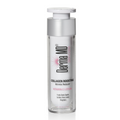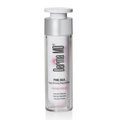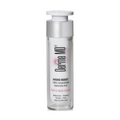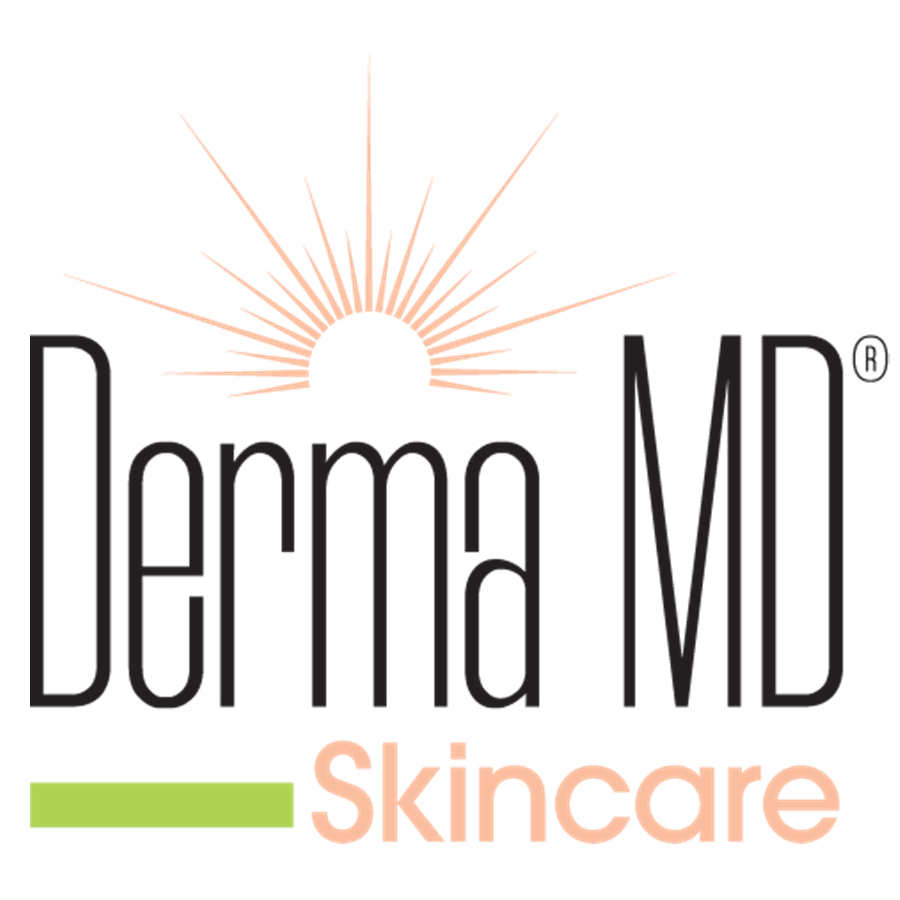What is the difference between teen and hormonal acne?
Teen acne and hormonal acne are both forms of acne, but they differ in their causes, typical age of onset, and presentation. Here's a breakdown of the key differences:
1. Age of Onset
-
Teen Acne:
- Commonly occurs during adolescence, typically between the ages of 12 and 18.
- Linked to the hormonal changes associated with puberty, where an increase in androgens (male hormones) stimulates the sebaceous (oil) glands, leading to excess oil production and clogged pores.
-
Hormonal Acne:
- Can occur at any age but is more common in women during their 20s, 30s, and even later.
- Often linked to hormonal fluctuations throughout adulthood, such as those related to menstruation, pregnancy, birth control, menopause, or conditions like polycystic ovary syndrome (PCOS).
2. Causes
-
Teen Acne:
- Primarily caused by the surge of hormones during puberty.
- Increased oil production, along with bacteria and dead skin cells, leads to clogged pores and inflammation.
-
Hormonal Acne:
- Caused by hormonal imbalances, particularly fluctuations in estrogen, progesterone, and androgens.
- Can be exacerbated by stress, diet, and lifestyle factors that affect hormone levels.
3. Location on the Face
-
Teen Acne:
- Often appears in the T-zone (forehead, nose, and chin) where the skin tends to be oilier.
- Can also affect the chest, back, and shoulders.
-
Hormonal Acne:
- Typically appears on the lower part of the face, particularly the jawline, chin, and around the mouth.
- Breakouts often occur in the same areas repeatedly.
4. Type of Acne Lesions
-
Teen Acne:
- Often presents as a combination of blackheads, whiteheads, papules, pustules, and sometimes cysts.
- Can range from mild to severe.
-
Hormonal Acne:
- Tends to be deeper and more cystic, with painful, inflamed nodules under the skin.
- These cysts can take longer to heal and are more likely to leave scars or dark spots.
5. Cyclical Nature
-
Teen Acne:
- While teen acne can be persistent, it doesn’t typically follow a cyclical pattern.
- It may improve as teens age and hormone levels stabilize.
-
Hormonal Acne:
- Often follows a cyclical pattern, with breakouts occurring at specific times of the menstrual cycle, particularly just before the period.
- Can be persistent throughout adulthood, especially if related to ongoing hormonal imbalances.
6. Treatment Approaches
-
Teen Acne:
- Often treated with over-the-counter products containing salicylic acid. Wasabi Resurfacing Gel
- Prescription treatments may include topical retinoids or antibiotics for more severe cases.
-
Hormonal Acne:
- May require hormone-regulating treatments, such as oral contraceptives, spironolactone (a medication that reduces androgen levels), or other hormonal therapies.
- Topical treatments like retinoids or niacinamide can also be helpful, but addressing the underlying hormonal imbalance is often key.
Understanding the differences between teen acne and hormonal acne can help in choosing the right treatment strategy and managing expectations for improvement.





